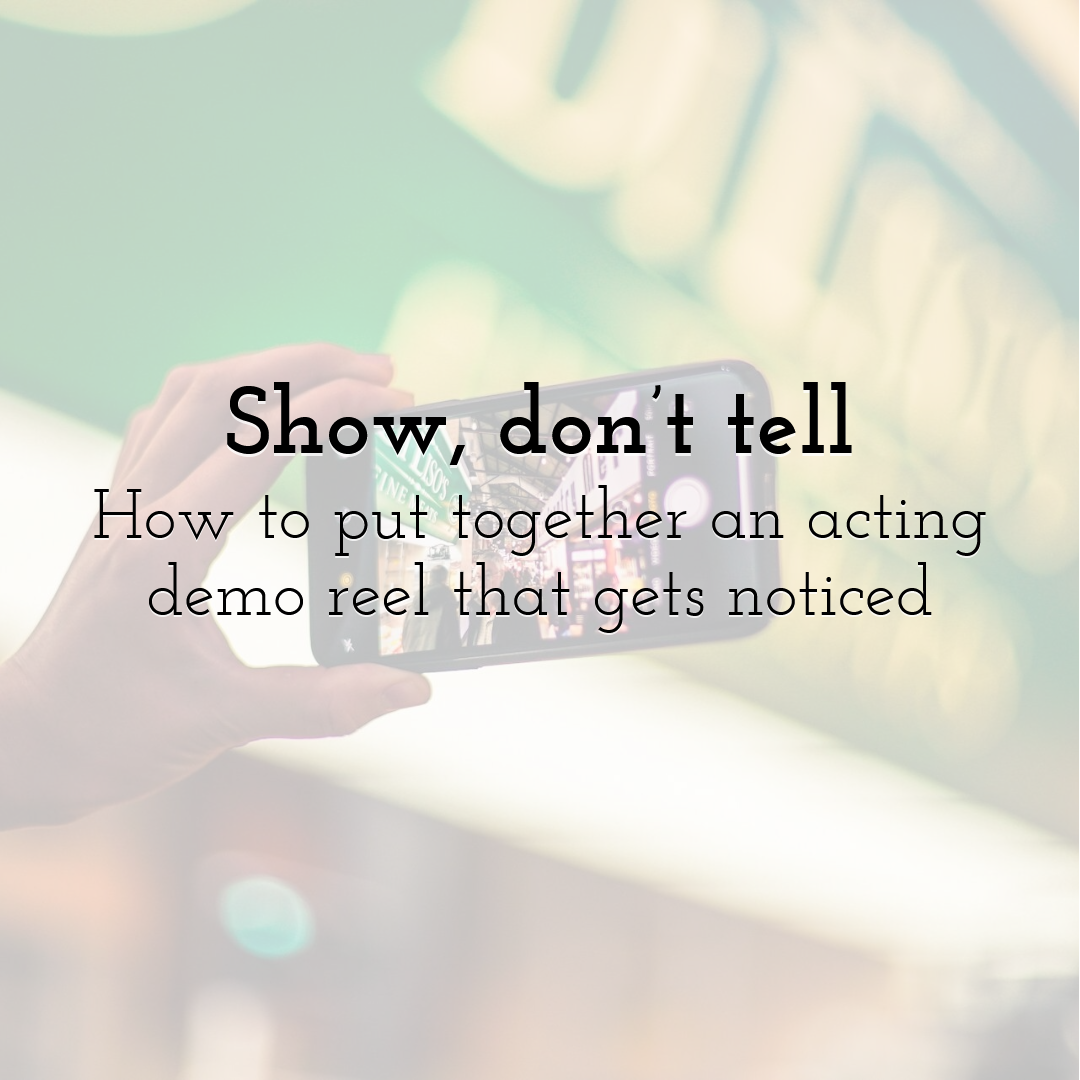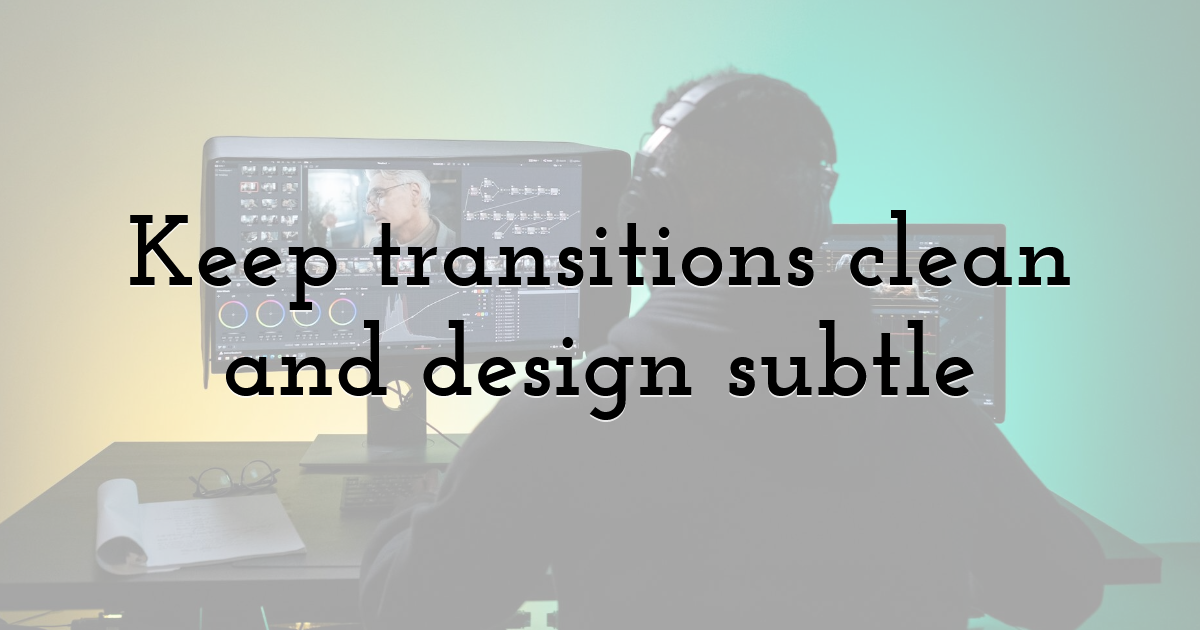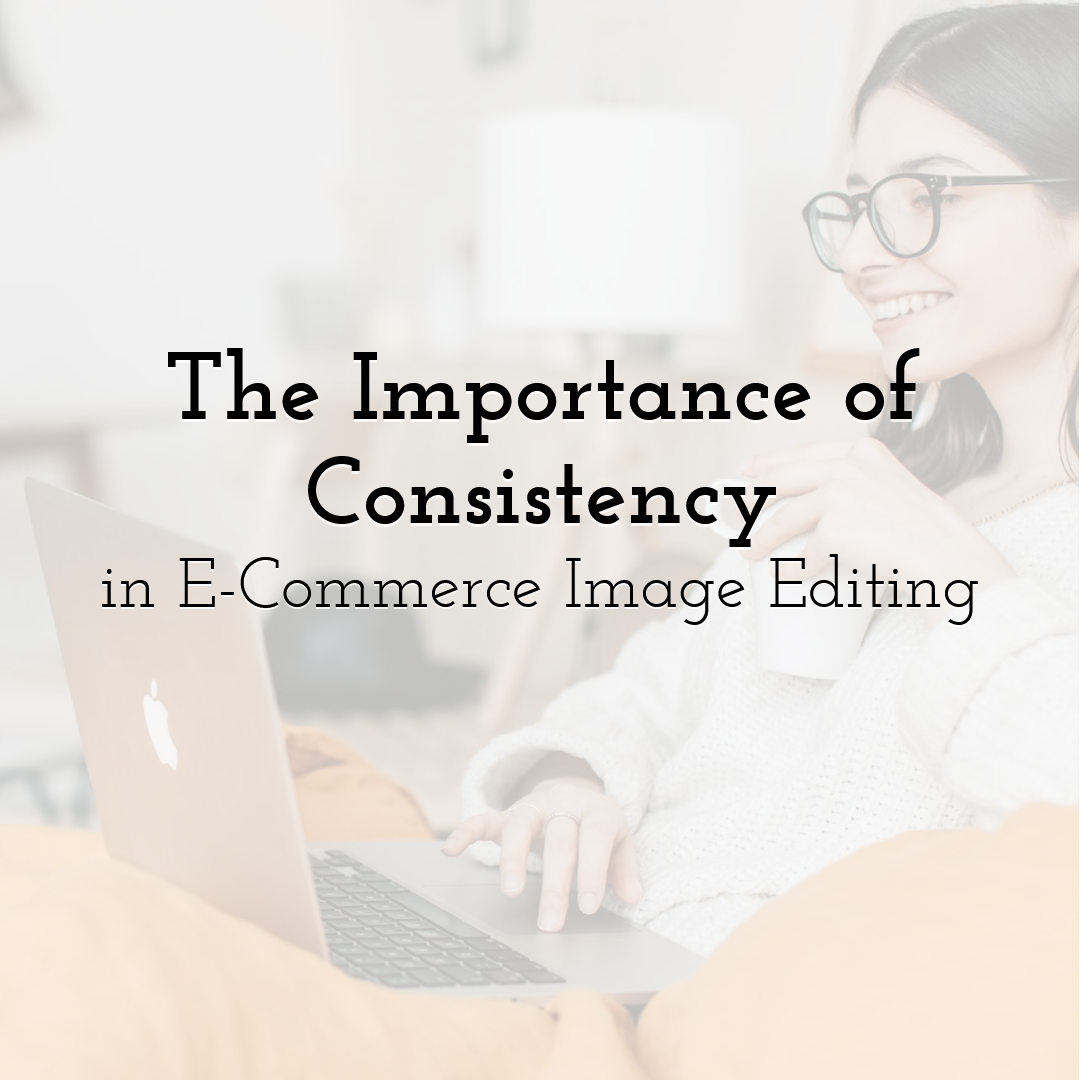Show, don’t tell: How to put together an acting demo reel that gets noticed

Whether you're just starting out or already booking roles, your acting demo reel is your ticket to standing out in a crowded casting world. It’s not just a collection of clips—it's your 60 to 90-second chance to prove, without question, that you can act.
Casting directors don’t have time to scroll through your entire filmography. What they want is simple: a polished, professional reel that tells them what kind of actor you are and why you’re worth calling in. And good news? You don’t need to hire a production house to create it.
With the right approach—and some smart design tools—you can build a standout acting demo reel that captures your range, your brand, and your potential.
Let’s break it down step-by-step.
1. Choose your best material (not your favorite)

This might be the toughest part. You’ve done student films, indie projects, self-tapes, maybe even some commercial work. It’s tempting to throw it all in—but don’t.
Your reel should focus on your strongest performances, not necessarily the biggest productions. Choose 2–4 short scenes that highlight your emotional range, delivery, and screen presence. Even better? Prioritize clips where you’re the focus, not lost in an ensemble cast.
If you’re just getting started and don’t have professional footage, that’s okay. Well-lit, well-acted self-tapes or class scenes can absolutely work—just make sure the audio is clean, the framing is tight, and you’re not buried in background noise or grainy filters.
2. Keep it short (and punchy)

Your reel should ideally be under 2 minutes—especially if you're submitting for TV, commercials, or streaming projects. Most casting directors decide in the first 30 seconds whether they want to keep watching.
So put your best clip first. Don’t save it for later. This isn’t a slow-build—it’s an audition.
In fact, some actors are now leading with “character montages”: short, fast cuts of different emotions and tones before jumping into full scenes. It’s an eye-catching way to showcase your range quickly and keep the viewer engaged.
3. Keep transitions clean and design subtle

Still, the reel itself should feel polished and professional. That means:
- • Simple fade-ins and outs
- • Clean cuts between clips
- • Your name and contact info at the beginning or end (never both)
- • Optional: a tasteful lower-third intro to each scene with the project title or character name
This is where design tools can really help. Platforms like PixTeller allow you to create clean title cards, simple intro animations, and customizable text overlays that look sharp without overdoing it.
If you’re looking to get a little fancier, you can explore After Effects templates online to add subtle motion or stylistic flair—but be careful not to let the effects distract from your performance.
4. Brand your reel (yes, actors have brands too)

Are you the quirky best friend? The intense drama lead? The awkward office intern with a heart of gold?
While actors hate being “boxed in,” it’s useful to understand what your type is—or at least what casting directors see when they look at you. Your reel should reflect that, both in the roles you include and the tone you set with your visuals and music.
Pro tip: If you’re submitting for comedy, lead with comedy. If you’re going for thrillers, lead with something serious. You can make separate reels for different genres if you want to go the extra mile.
5. Add music—only if it helps

This is a big debate. Should you add music?
The short answer: only between clips, never under dialogue. A quick, royalty-free intro or outro track can help set the tone and make transitions feel smoother, but don’t force it. Bad or distracting music can kill the vibe.
If you’re going to use music, choose a copyright-free track that fits your tone. Don’t use your favorite pop song, no matter how perfect it feels. Remember: this isn’t a trailer—it’s a professional tool.
6. Export it the right way

When your reel is ready to export, make sure the resolution is high-quality (1080p or higher) and the file size is reasonable enough to share or upload easily.
You’ll want two main formats:
- • A direct upload link (YouTube, Vimeo, or Google Drive) for emailing or agent submissions
- • A compressed file (MP4) for casting sites or self-submissions
Keep your file name clean and professional: FirstName_LastName_DemoReel_2025.mp4
Avoid outdated formats, oversized files, or links that require sign-ins. Make it as easy as possible for people to view your reel.
7. Update it regularly

Your demo reel is a living document.
As you get better footage, bigger roles, or more varied performances, you should update your reel to reflect your growth. Ideally, review it every 6–12 months. Even if you’re not booking new projects, you might find better ways to cut or structure what you already have.
Make it part of your routine: headshot, résumé, demo reel. These three tools should always reflect your most current and marketable self.
8. Design matters (even if you're not a designer)

We know—you’re an actor, not a graphic artist. But here’s the thing: your demo reel is a visual asset. The better it looks, the more seriously people will take it.
That’s why using an online design platform like PixTeller can help. You can:
- • Design animated title cards
- • Add custom branding to intros or outros
- • Create matching social media visuals to promote your reel
- • Build a consistent visual style that reflects your unique voice
And because it’s all drag-and-drop, you don’t need to be a motion graphics pro to make something awesome.
Final Thoughts:
Putting together an acting demo reel isn’t just about showcasing talent—it’s about making your first impression count.
When done right, your reel opens doors. It gets you in the room. It tells casting directors not only what you’ve done, but who you are as an artist.
So take your time, get creative, and most importantly—let your work shine.
And when you're ready to add that extra polish? PixTeller has your back with the tools to design your best reel yet—no editor required.
Until next time, Be creative! - Pix'sTory
Recommended posts
-

How User Experience Affects SEO: Understanding the Hidden Ranking Factor...
Read More › -

How Voice Technologies Can Change Media
Read More › -

The Importance of Consistency in E-Commerce Image Editing
Read More › -

How Technology Innovations Impact Photo Editing Software
Read More › -

How Graphic Design Plays an Important Role in Social Media Marketing
Read More › -

What Are the Top Game Design Trends to Watch in 2025?
Read More ›
